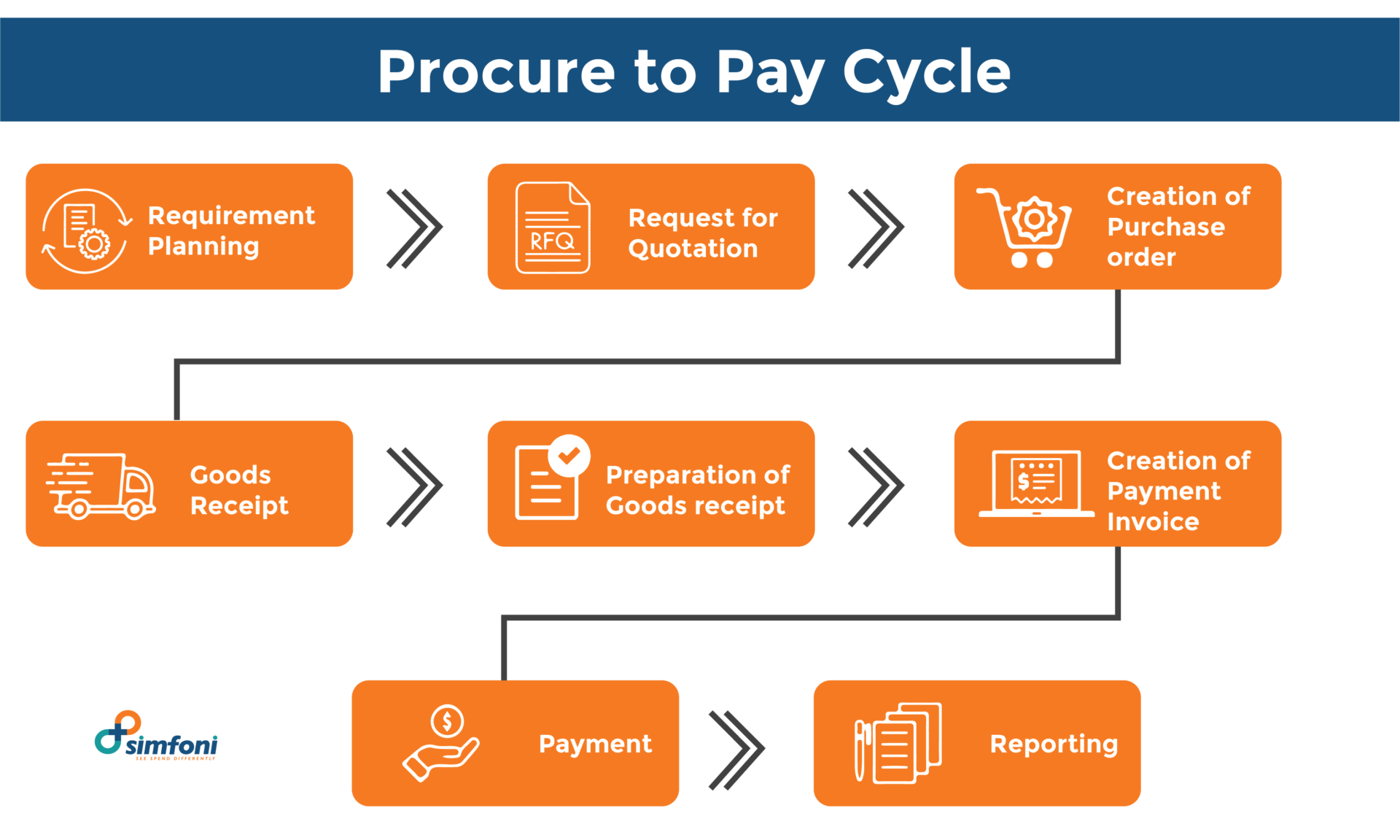

Electronic capture records all the transactions making it easy to track them.

There are steps to follow to complete the full process, this ensures there are reduced errors and frauds. Most of the companies using these systems look for a centralization of their procurement department, or to set up a shared services organization for the same purpose. Procure-to-pay systems are designed to provide organizations with control and visibility over the entire life-cycle of a transaction, providing full insight into cash-flow and financial commitments. Also, notions of production planning and forecasting are excluded from this definition since it relates to the supply chain management. Unlike source-to-pay systems, procure-to-pay systems do not include the function of sourcing.

Some of the largest players of the software industry agree on a common definition of procure-to-pay, linking the procurement process and financial department. The P2P systems enable the integration of the purchasing department with the accounts payable (AP) department. Procure-to-pay (also known as Purchase to Pay (P2P)) is a term used in the software industry to designate a specific subdivision of the procurement process.

JSTOR ( May 2010) ( Learn how and when to remove this template message).Unsourced material may be challenged and removed. Please help improve this article by adding citations to reliable sources. It does not store any personal data.This article needs additional citations for verification. The cookie is set by the GDPR Cookie Consent plugin and is used to store whether or not user has consented to the use of cookies. The cookie is used to store the user consent for the cookies in the category "Performance". This cookie is set by GDPR Cookie Consent plugin. The cookie is used to store the user consent for the cookies in the category "Other. The cookies is used to store the user consent for the cookies in the category "Necessary". The cookie is set by GDPR cookie consent to record the user consent for the cookies in the category "Functional". The cookie is used to store the user consent for the cookies in the category "Analytics". These cookies ensure basic functionalities and security features of the website, anonymously. Necessary cookies are absolutely essential for the website to function properly.


 0 kommentar(er)
0 kommentar(er)
